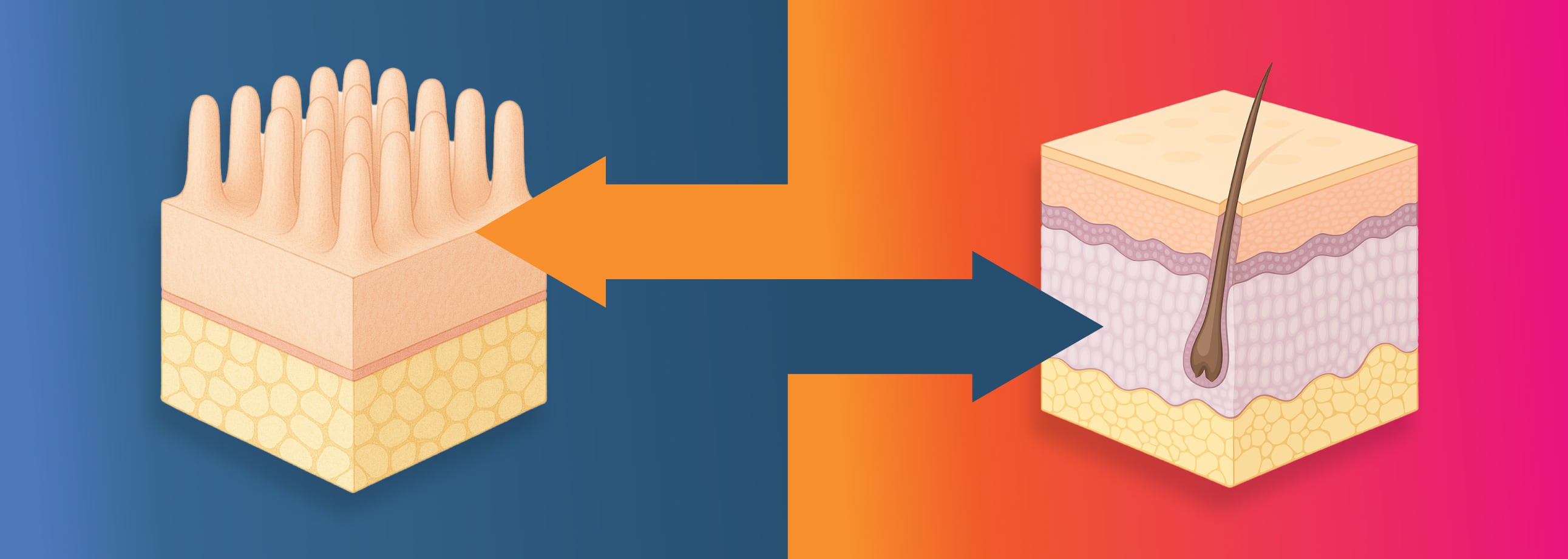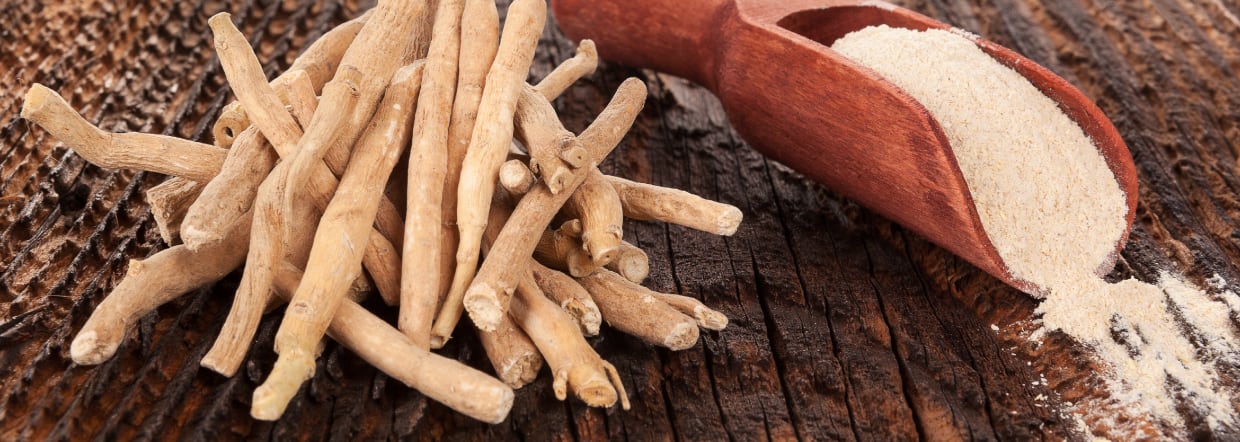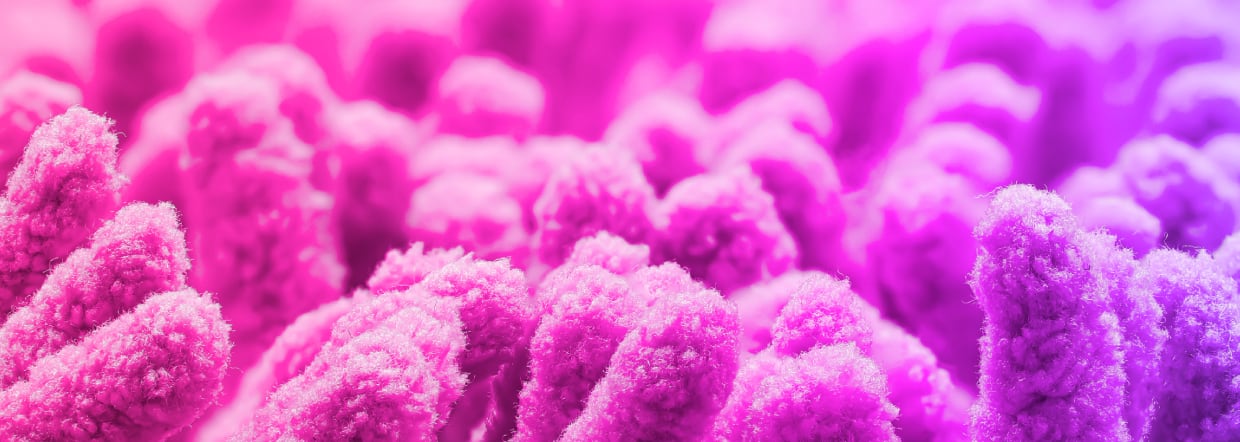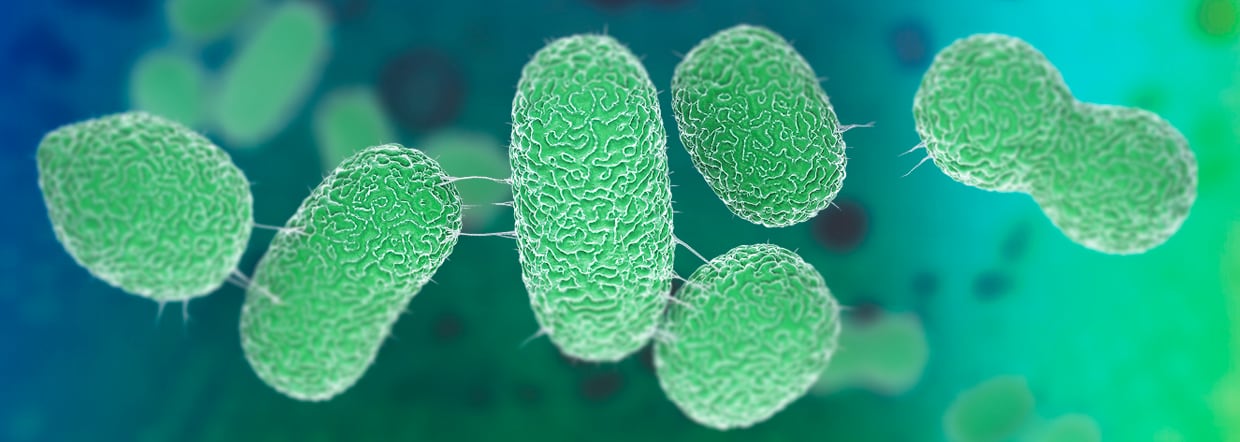Consumer demand for safe, effective, and natural solutions to support skin health is at an all-time high.
One of the emerging areas of natural skin care is the gut-skin axis – a newly recognized relationship with growing scientific support. New clinical research indicates that when this approach is combined with specialty phytonutrients and ingredients with known skin-enhancing properties, the ‘beauty from within’ strategy is significantly strengthened, showing promising results for skin elasticity and resilience.
The metabolic activities that occur within the gastrointestinal tract affect nearly every other part of the body, influencing human health in a myriad of ways. In fact, the bidirectional influences that connect the metabolism and signaling from the gut to other organ systems is now well established, often being described as an ‘axis’, such as the gut-brain or gut-liver axis.¹⁻²
More recently, researchers have recognized that the microbes living within the gut contribute a significant role in these signaling axes, and it is now more common to read about the ‘microbiota-gut-brain axis’.³⁻⁴
Another such important relationship which is growing in awareness is the microbiota-gut-skin axis.⁵⁻⁶ This is not surprising as both the gut and skin serve similar purposes as semi-permeable layers that protect us from harmful pathogens. Additionally, both are neuroendocrine organ systems which are highly infiltrated with immune cells and host their own unique microbiomes.
In fact, researchers have discovered numerous associations between gut microbiota imbalances (dysbiosis or other anomalies) and skin function, aging, and various skin disorders and diseases.⁷ Research has also discovered that intentional modulation of the gut microbiota – such as dietary changes, or using prebiotics, probiotics, or other therapies – may be an important avenue to promote skin health and lower the risk or severity of many skin disorders.⁸⁻¹⁰
Mechanisms driving gut-skin axis
The mechanisms driving the relationship between the gut microbiome and skin dysfunction are many, though most are related to improper hyperactivation of immune inflammatory processes. These are often triggered by microbiota-mediated increases in intestinal permeability (i.e. leaky gut) or specific harmful metabolites made in the gut that influence inflammation, metabolic dysregulation, or increased oxidative burden.
Therefore, therapies that modulate the gut microbiota to reduce dysbiosis can support the integrity of the intestinal barrier, reduce inflammatory signaling, and reduce oxidative stressors – all primary focuses of clinical research linking the gut-skin axis.
Aging causes unique structural and functional changes in the skin, primarily with skin elasticity, barrier function, and pigmentation.¹¹ Accelerated skin aging, mostly caused by excess UV light exposure, and accumulation of reactive oxygen species (ROS), and inflammatory cytokines, is a very common indicator of skin dysfunction and metabolic stress – and creates further vulnerabilities for other skin disorders.
Therapies that reduce the rate, or support classic measures, of skin aging are likely to be targeting important skin functions that strengthen the skin’s resilience to other conditions and can be measured without invasive techniques.
Advances in gut-skin axis research
Vidya, a world-renowned manufacturer of herbal extracts and biotics, conducted a clinical study in 2024 exploring the important role of microbiome modulation for skin aging outcomes. Vidya tasked Integrative Skin Science and Research (Sacramento, CA) to perform a double-blind placebo-controlled trial in 36 women (aged 35-55 years old) comparing a novel probiotic-phytoactive combination with placebo for 8 weeks.¹²
This combination (marketed as Biotical™ GS) delivered over 7 billion colony-forming units (CFU) of three strains of spore-forming Bacilli, along with 100mg of Skin-Cera® (Vidya’s novel ceramide extract from Konjac), and 5mg of astaxanthin. After 4 and 8 weeks of supplementation, women were evaluated using high-resolution facial photography, measures of skin hydration, pliability, firmness, and elasticity.
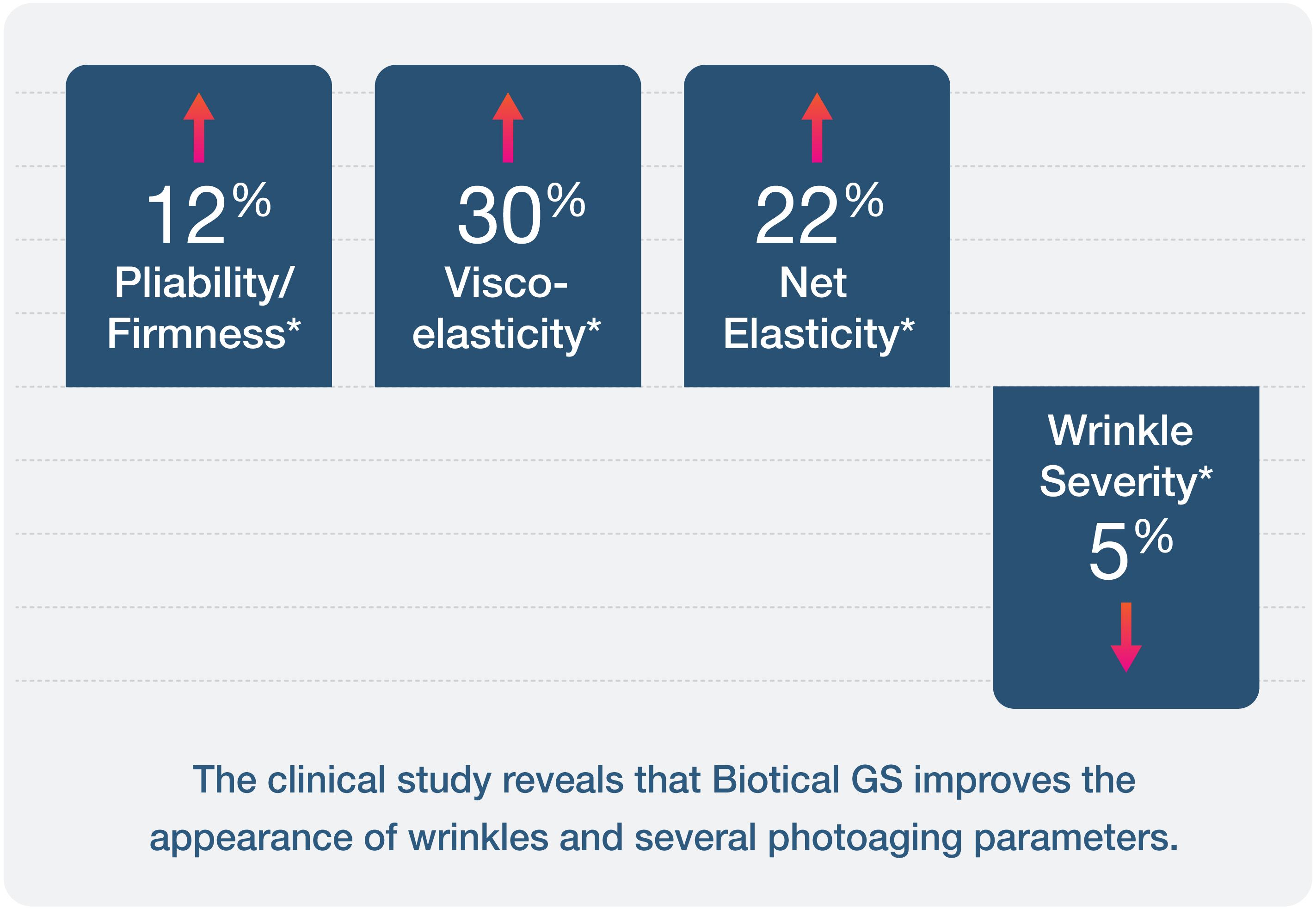
Compared to baseline measures, women taking Biotical GS had a significant increase (12.19%) in pliability/firmness in both cheeks (p=0.0028) after 8 weeks, whereas the placebo group saw no change in this measure. Likewise, an increase in net elasticity of 21.96% was measured after just 4 weeks (p=0.016) in women supplemented with Biotical GS; again, no benefit was seen in women taking the placebo.
For measures of viscoelasticity, women taking Biotical GS realized a 30.15% and 26.65% increase over baseline at 4 and 8 weeks, respectively (p=0.0024 and p=0.037). Finally, measures of wrinkle severity dropped by over 5% in women supplemented with Biotical GS (p=0.003).
“The improvement in skin elasticity at 4 and 8 weeks along with the improvement in wrinkles in 8 weeks is quite impressive,” says the lead researcher of the study Dr. Raja Sivamani, M.D., M.S, A.P, Adjunct Associate Professor of Dermatology.
“The changes to skin that are caused by aging have been building for a long time and it takes time to counteract the years of oxidation, inflammation, and stress,” adds Sivamani.
In fact, this study showed improvements in both elasticity (a measure of the immediate ability for the skin to stretch and return to its original shape) and viscoelasticity (a measure of both the elastic and viscous properties of the skin over a longer period of time).¹³
Biotical GS takes advantage of several ingredients, all of which influence the structure and function of skin health.
“We used a combination of three different spore-forming Bacilli species: coagulans, subtilis, and clausii which allowed us to leverage their well-known use in modulation of the gut microbiome while providing the stability to combine ingredients that would be difficult to blend with more fragile probiotics,” says Subhendu Nayak, Director R&D, Biotics at Vidya.
Indeed, spore-forming probiotics provide highly-stable ingredients with a solid history of human therapeutic benefits, even in studies related to the gut-skin axis and skin aging.¹⁴⁻¹⁵
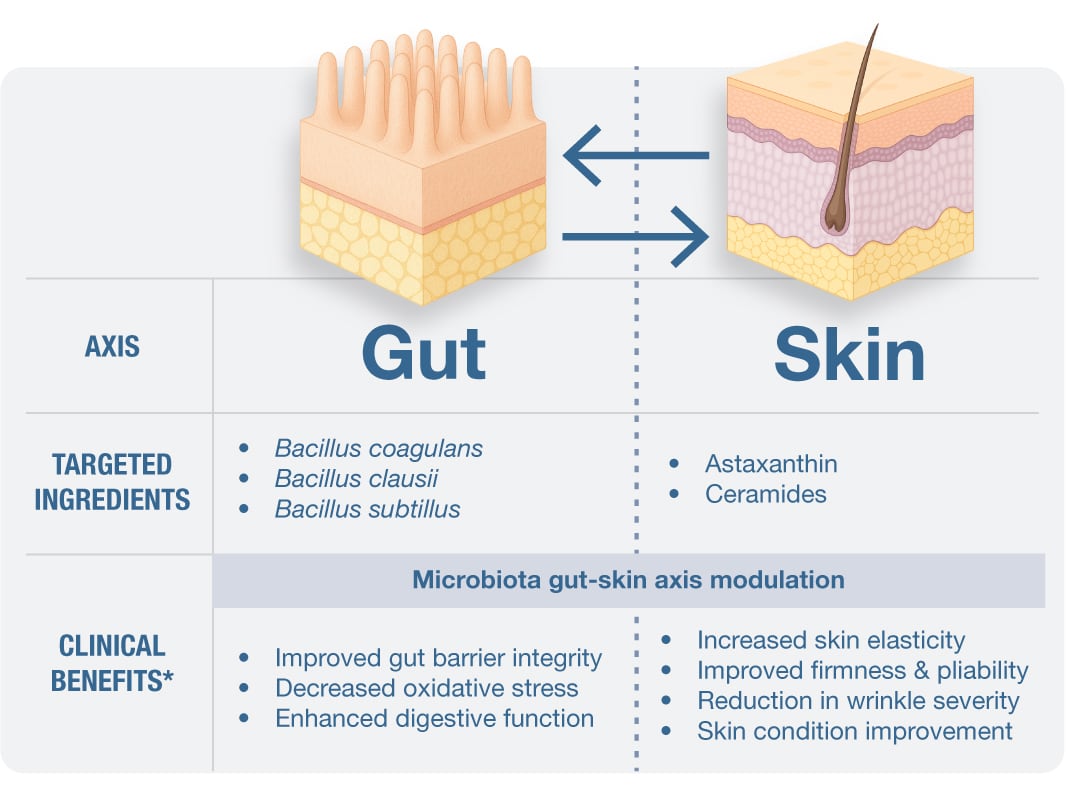
Direct antioxidant benefits
Biotical GS also delivers two other important ingredients for skin hydration and oxidative protection: ceramides and astaxanthin.
“Our previous work with Skin-Cera, Vidya’s unique ceremide-enriched extraction of Konjac root, had already shown remarkable benefits for skin hydration and it was a perfect fit for a product designed for the gut-skin axis; the addition of astaxanthin to this formula was intended to help with direct antioxidant benefits in the skin, which research has already confirmed,” says Aleksander Richards, Director of Clinical R&D at Vidya.
This 100mg dose of Skin-Cera was already investigated in a single-blind, randomized, placebo-controlled clinical trial in 40 healthy adults for 6 weeks. Results indicated that the Skin-Cera group saw a significant improvement in the overall dermatological diagnosis score at both 3 weeks and 6 weeks compared to the placebo.¹⁶
Furthermore, there was a significant improvement in individual skin characteristics including dryness, hyperpigmentation, itching, and oiliness compared to the placebo group. Astaxanthin has been investigated in a number of biological systems of aging, including over 10 clinical trials evaluating its benefit on skin health and aging where it consistently shows benefits for improving hydration and elasticity.¹⁷
Future innovations supporting gut-skin axis
The health of skin truly does reflect the underlying health of the rest of the body as it reflects the burden of oxidation, inflammation, and metabolic stress. Emerging evidence suggests that the microbiome-gut-skin axis is an important conduit for therapies that support skin function and resilience.
Products like Biotical GS are leveraging this emerging evidence while creating further synergy with additional proven ingredients for skin function and health. Innovative products like this are leading the way in supporting the gut-skin axis, hopefully spurring on more such research and innovation.
References
- Zheng, Y.; et al. Understanding the Gut-Brain Axis and Its Therapeutic Implications for Neurodegenerative Disorders. Nutrients. 2023;15(21):4631.
- Tilg, H.; et al. Gut-liver axis: Pathophysiological concepts and clinical implications. Cell Metab. 2022;34(11):1700-1718.
- Milosevic, I.; et al. Gut-Liver Axis, Gut Microbiota, and Its Modulation in the Management of Liver Diseases: A Review of the Literature. Int J Mol Sci. 2019;20(2):395.
- Loh, J.S.; et al. Microbiota-gut-brain axis and its therapeutic applications in neurodegenerative diseases. Signal Transduct Target Ther. 2024;9(1):37.
- Mahmud, M.R.; et al. Impact of gut microbiome on skin health: gut-skin axis observed through the lenses of therapeutics and skin diseases. Gut Microbes. 2022;14(1):2096995.
- Jimenez-Sanchez, M.; The gut-skin axis: a bi-directional, microbiota-driven relationship with therapeutic potential. Gut Microbes. 2025;17(1):2473524.
- Stec, A.; et al. Bacterial Metabolites: A Link between Gut Microbiota and Dermatological Diseases. Int J Mol Sci. 2023;24(4):3494.
- Borrego-Ruiz, A.; et al. Nutritional and Microbial Strategies for Treating Acne, Alopecia, and Atopic Dermatitis. Nutrients. 2024;16(20):3559.
- Gao, T.; et al. The Role of Probiotics in Skin Health and Related Gut-Skin Axis: A Review. Nutrients. 2023;15(14):3123.
- Millman, J.F.; et al. Biotics as novel therapeutics in targeting signs of skin ageing via the gut-skin axis. Ageing Res Rev. 2024;102:102518.
- Wong, Q.Y.A.; et al. Defining skin aging and its risk factors: a systematic review and meta-analysis. Sci Rep. 2021;11(1):22075.
- Trivedi, R.R.; et al. A Double-Blinded, Randomized Placebo Controlled Study of an Oral Herbal Supplement on Photoaged Skin and Elasticity. Manuscript in preparation.
- Constantin, M.M.; et al. Measurement of skin viscoelasticity: A non-invasive approach in allergic contact dermatitis. Exp Ther Med. 2020;20(6):184.
- Buhaș, M.C.; et al. Transforming Psoriasis Care: Probiotics and Prebiotics as Novel Therapeutic Approaches. Int J Mol Sci. 2023;24(13):11225.
- Hiramoto, K.; et al. The Effect of Bacillus coagulans Induced Interactions among Intestinal Bacteria, Metabolites, and Inflammatory Molecules in Improving Natural Skin Aging. Dermatopathology (Basel). 2023;10(4):287-302.
- Venkataramana S.h.; et al. Potential benefits of oral administration of AMORPHOPHALLUS KONJAC glycosylceramides on skin health - a randomized clinical study. BMC Complement Med Ther. 2020;20(1):26.
- Zhou, X.; et al. Systematic Review and Meta-Analysis on the Effects of Astaxanthin on Human Skin Ageing. Nutrients. 2021;13(9):2917.
*This statement has not been evaluated by the Food and Drug Administration. This product is not intended to diagnose, treat, cure, or prevent any disease.

